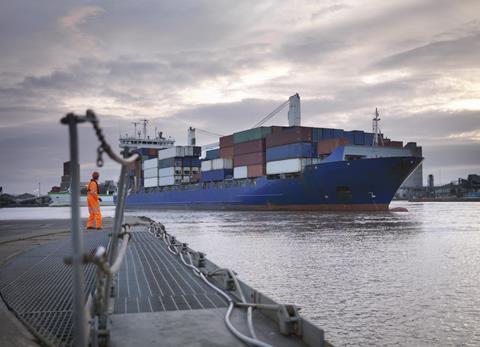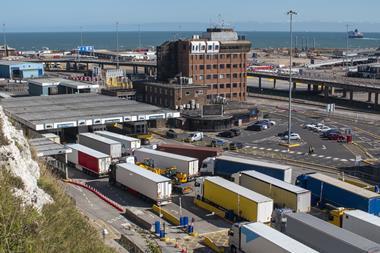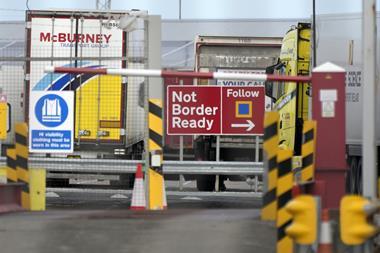
The effects of the US port strike continue to affect European producers, with containers still severely delayed and shipping rates more than doubled – and they might last for weeks, warns a big olive oil supplier.
A major strike involving 45,000 dockworkers across the American east and Gulf coasts – which effectively shut down 36 ports, making up around 50% of all imports and exports in the US ahead of the peak holiday season – was suspended last week until January.
But its impact on transit of goods from Europe to the US is still being deeply felt, according to olive oil producer Filippo Berio, which for days could not even get its shipments out of Italy because of a “massive backlog of containers”.
The strike went on “long enough to create a lot of problems”, said the company’s UK MD Walter Zanre.
“There is a huge backlog of containers to get through the ports and delivered, so everything is delayed.
“Ships have also been delayed and are now out of position, and containers are not circulating.”
The Spanish olive oil producers and exporters association, Asoliva, also said last week the strike – which started on 1 October and went on for three days – had hit exports.
Spain and Italy are the two top exporters of olive oil to American markets.
Zanre added that, as a result of the backlog caused by the strike, “shipping rates from Italy to the East Coast have already doubled”.
Latest data from Xeneta showed average spot rates on the most impacted trade from north Europe to US east coast stood at $2,900 per FEU (40ft container) on 4 October, an increase of 58% since the end of August.
“To give an idea of the impact of the increase – if you move 100 containers a month it adds approximately $150,000 to costs”, Zanre added.
“It’s going to take several weeks to get everything back to normal.”
Shipping companies had previously estimated that for every one week of a longshoremen’s strike, it would take four to six weeks to fully recover, potentially costing the US economy up to $5bn per day.
Xeneta chief analyst Peter Sand said: “Closing all ports on the US east coast and Gulf coast – even for just three days – comes with severe consequences.
“We must now wait to see how quickly the returning workers are able and willing to deal with the huge backlog of ships waiting to offload thousands of containers carrying billions of dollars of goods.”
Sand also argued the effects of the strike on global supply chains would continue to be felt on the medium to long term.
“You cannot miss a scheduled weekly sailing for a ship carrying 15 000 containers and not expect repercussions for carriers and importers.”
Sand added: “There has already been a financial impact for shippers through increasing freight rates on Transatlantic trades at a time when markets on other major trades out of the Far East remain elevated due to conflict in the Red Sea.
“It is good news the strike has ended but shippers are not out of the woods just yet” as the deal was only tentative, he pointed out.
Filippo Berio has around 45 days’ worth of stock in the US, and hopes the International Longshoremen’s Association (ILA) – which opted for industrial action over a pay dispute – lands a permanent deal with the United States Maritime Alliance, whose members include shipping giants such as Maersk, by the January deadline.



















No comments yet